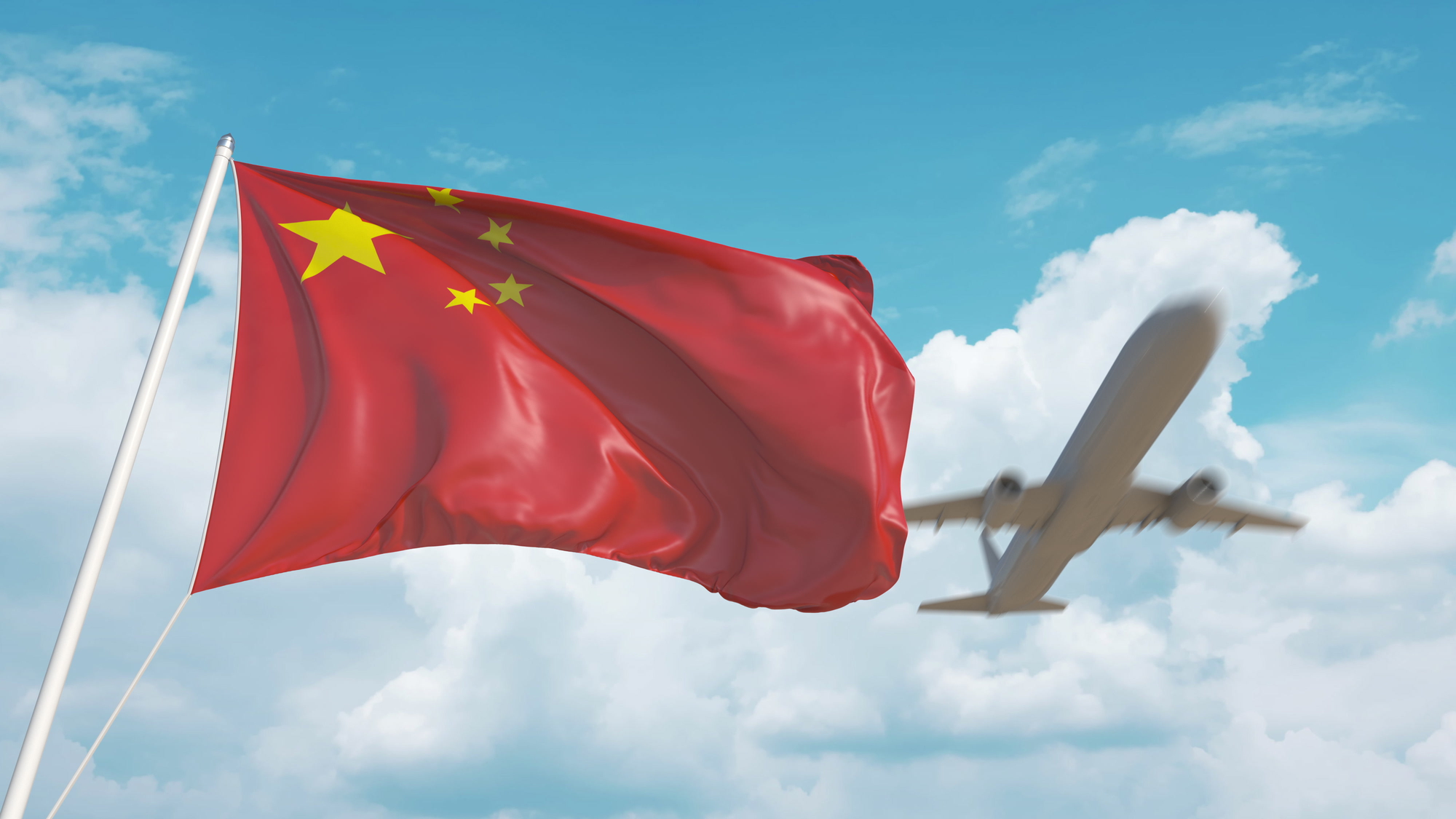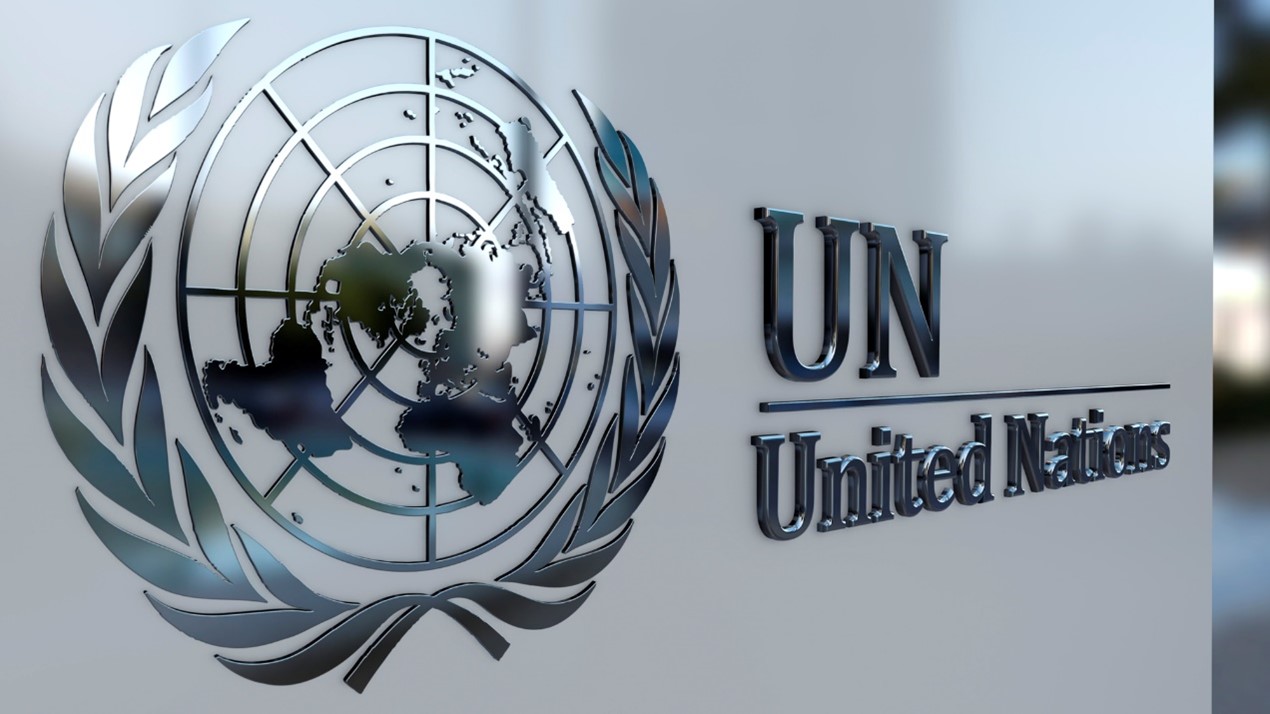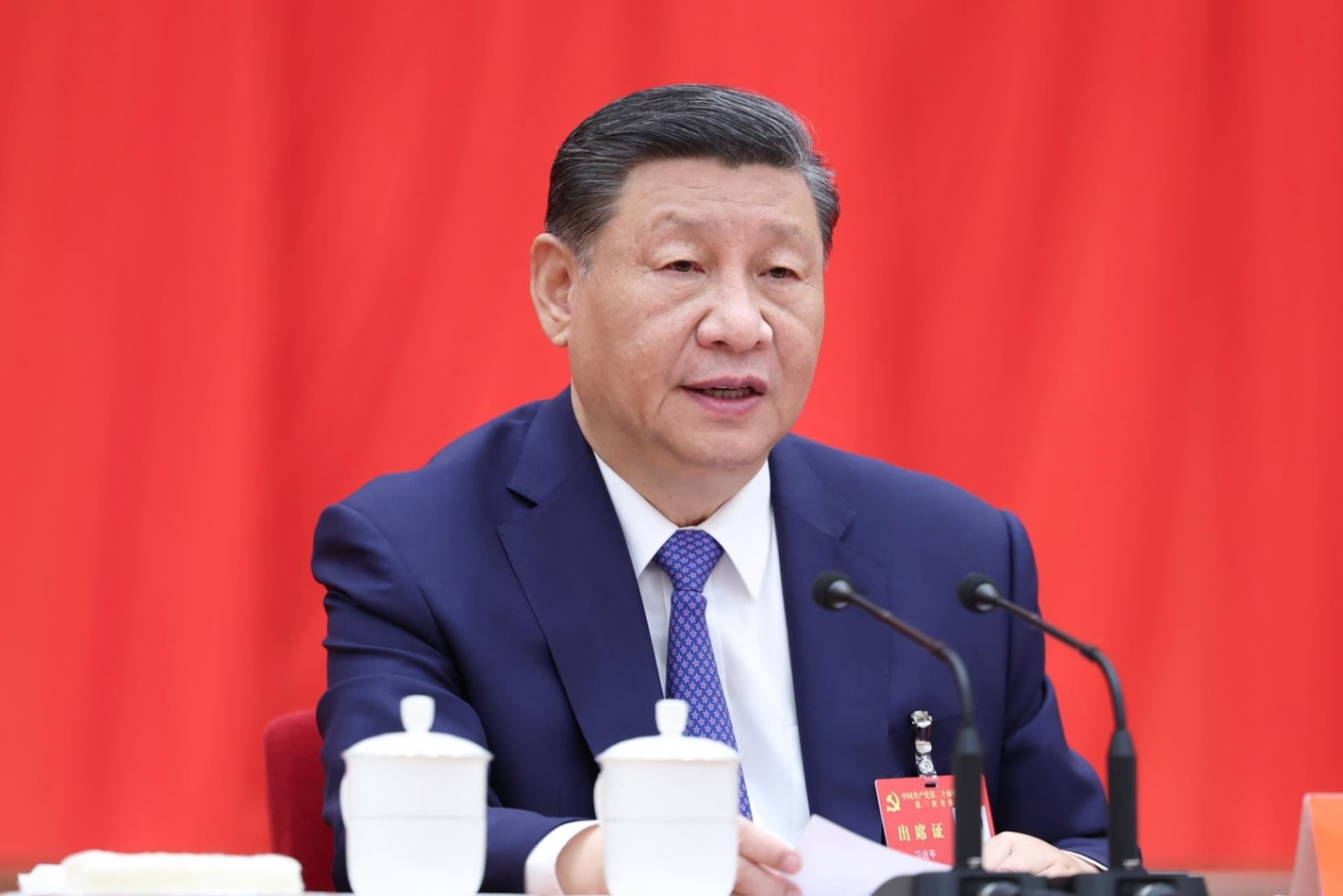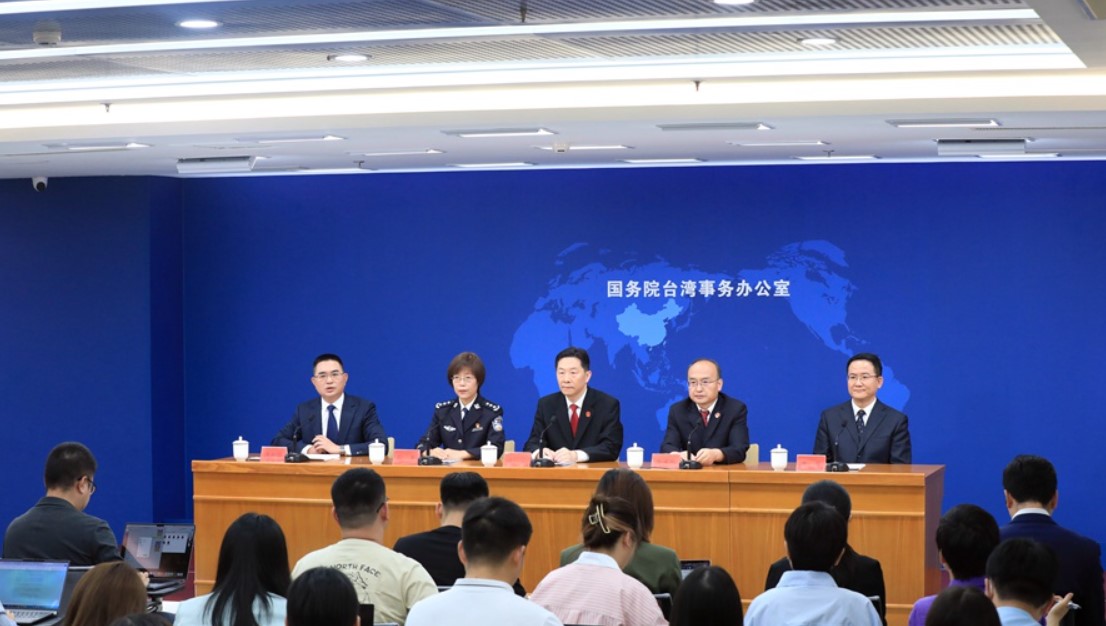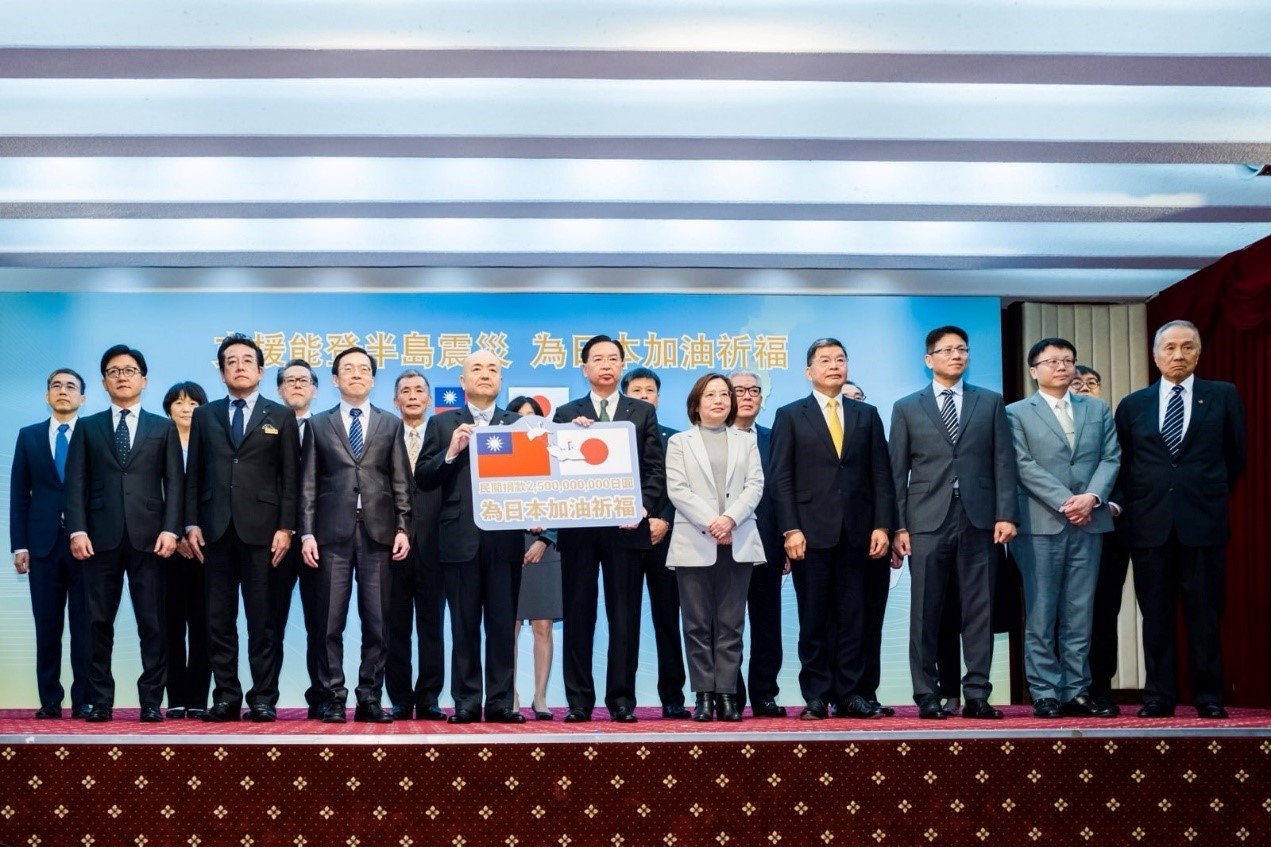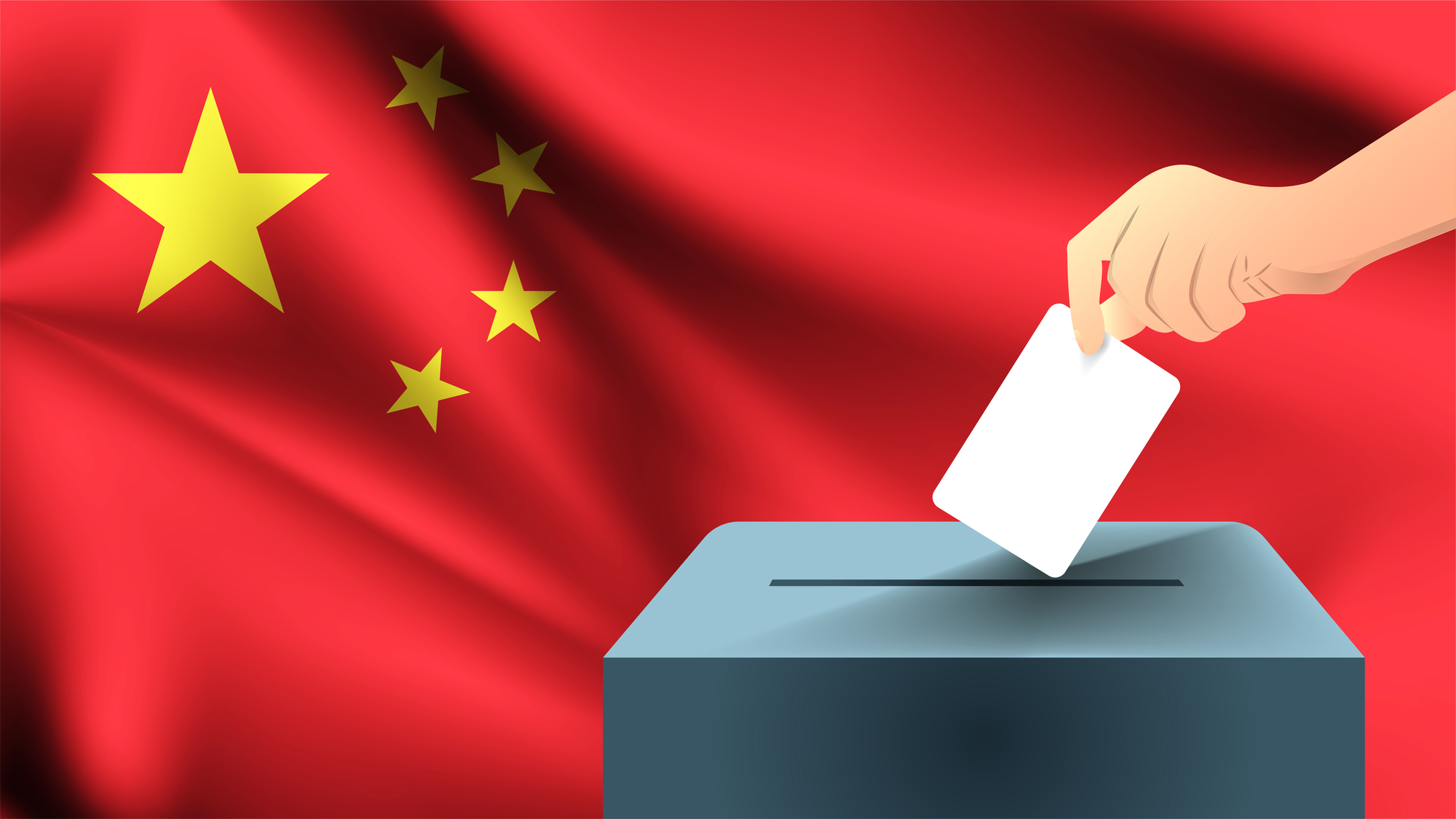China’s Multifaceted Approach to the Taiwan Strait: An Analysis of Recent Developments
China has consistently violated Taiwan’s air defense identification zone (ADIZ) and the median line in the Taiwan Strait, which has been acknowledged as direct violations of the established status quo in the region. Picture source: Depositphotos.
China’s Multifaceted Approach to the Taiwan Strait: An Analysis of Recent Developments
By Pao-wen Li
The presidential election in Taiwan on January 13 were the world’s first election of the year. In a swift move on January 15, the Republic of Nauru announced the termination of official diplomatic ties with Taiwan, choosing to restore relations with China. Subsequently, on January 30, China declared its intention to utilize the M503 route for both northbound and southbound flights, along with activating three extension routes, all without prior consultation with or notification to Taiwan. These actions underscore Beijing’s strategy of applying pressure on legal and security fronts to disrupt the existing status quo. This appears to be a dominant strategy for China, at least for this year, with the dual objective of eliminating symbols of Taiwan’s statehood internationally and normalizing pressure and coercion in the Taiwan Strait through a series of ambiguous actions.
However, China’s pressure strategy faces limitations. Firstly, punishing Taiwan proves challenging without invoking resentment from both the Taiwanese population and the international community. This is particularly true after Taiwan’s recent presidential election, which showcased the Taiwanese people’s determination to maintain the status quo in the Taiwan Strait and Taiwan’s current democratic system and political autonomy. Secondly, making China’s military aggression a focal point in the upcoming U.S. presidential election is unwise, given the bipartisan consensus on strategic competition with China in the current U.S. political landscape, despite polarization on other issues. Consequently, while some escalation or coercion is expected, tensions are likely to be contained this year.
The Uncertainty Introduced by the U.S. Presidential Election
The upcoming U.S. presidential election introduces an element of unpredictability that both restrains China’s actions and raises concerns for Taiwan’s vulnerability in the face of coercion or aggression. Firstly, the fervor and intensity of the U.S. presidential campaign place domestic politics and electoral victory at the forefront of decision-makers’ priorities. This domestic emphasis has the potential to delay or influence the United States’ response to external challenges, such as those presented by China’s actions in the Taiwan Strait.
Secondly, the specter of Chinese military aggression poses a unique dilemma for U.S. decision-makers during the election period. Any overt act of aggression by China would likely force both major political camps in the United States to unite in a shared response — punishing China to demonstrate resolve and strength. This united front could limit the traditional diplomatic approaches more conducive to de-escalation and conflict prevention.
Thirdly, the prospect of partisan alternation in the U.S. presidency or the potential reelection of former president Trump fosters a sense of pessimism among like-minded countries and Taiwan regarding the continuity and effectiveness of the current strategic approach against China. Uncertainty about the future orientation of U.S. foreign policy adds a layer of complexity to regional dynamics, influencing the strategic calculations of Taiwan and its allies.
In light of these uncertainties, China has adopted a strategic approach that involves maintaining pressure on Taiwan while carefully managing the situation until the outcome of the U.S. presidential election becomes clear. This calculated stance allows China to exploit the vulnerabilities during this transitional period, potentially gaining strategic advantages before a new administration is formed in the United States.
Legal Tactics Based on UN Resolution 2758
In recent instances of countries resuming diplomatic ties with China, a noticeable trend has emerged. Countries like Nicaragua in 2021 and the Solomon Islands in 2019 not only acknowledged Beijing’s “one China” principle but also expressed support for UN Resolution 2758 in their public statements, while often misrepresenting the actual language of the resolution. This development indicates China’s efforts to exploit ambiguities and loopholes in international laws, seeking international support to legitimize its goal of unifying Taiwan. By emphasizing UN Resolution 2758, China is attempting to institutionalize its “one China” principle, moving from bilateral consensus to a higher level of legitimacy through multilateral consensus.
It is crucial to note that while UN Resolution 2758 in 1971 resolved the issue of China’s representation in the UN, the matter of Taiwan’s representativeness remains unresolved, constituting a part of the status quo since 1971. The contemporary use or reinterpretation of UN Resolution 2758 suggests China’s unwillingness to tolerate the post-1971 status quo and its desire to establish a legal basis for potential future military intervention. China’s legal warfare, grounded in UN Resolution 2758, operates discreetly to avoid triggering Taiwanese resentment and becoming a focal point in U.S. presidential elections. Consequently, China’s legal approach is anticipated to persist, with like-minded countries striving to formulate a counter-narrative to contest China’s legal assertions regarding Taiwan on the international stage.
Sustained Grey Zone Activity to Blur Taiwan’s Boundaries
An effective boundary is crucial for a democratic country, aiding in the identification of citizenship and jurisdiction. It also provides Taiwan and its allies more time to respond to China’s military aggression. China has consistently violated Taiwan’s air defense identification zone (ADIZ) and the median line in the Taiwan Strait, which has been acknowledged as direct violations of the established status quo in the region. Recent instances include increasing balloons trespassing Taiwan during the January 2024 presidential election and the unilateral activation of the M503 route on January 30. This move not only increases Taiwan’s identification costs and time but also reduces the response time for allies like Japan and the United States.
China has employed a toolbox of grey zone actions, carefully calibrated to stay below the threshold of war with the United States while posing threats to the ruling Democratic Progressing Party (DPP) administration and potential international third parties. The ultimate goal is to make the Taiwan Strait China’s internal waters by denying Taiwan’s authority physically and legally or compelling Taiwan to accept the “one China” principle. Nevertheless, the likelihood of China compelling President William Lai’s inauguration speech narrative on May 20 to deviate from Taiwan’s current statehood position is bleak, given the Taiwanese consensus in rejecting China’s territorial claims over the island. Consequently, the primary strategy of persistently blurring Taiwan’s boundary through grey zone actions is anticipated, as the feasibility of the alternative strategy. Additionally, China may resort to weaponizing bilateral trade, increasing military presence, or manipulating skepticism toward the United States to hinder Taiwan’s defense capabilities and willingness.
In conclusion, the Taiwan Strait emerges as a geopolitical focal point, with recent developments highlighting China’s multifaceted strategy. The intricate interplay of diplomatic shifts, legal maneuvers, and grey zone actions signifies China’s intent to reshape the status quo gradually. Nevertheless, the results of Taiwan’s presidential election and uncertainties surrounding the U.S. presidential election constrain China’s pursuit of its objectives in the Taiwan Strait. Therefore, while some escalation or coercion may occur, tensions are likely to be controlled this year, emphasizing the need for the international community to engage in diplomatic efforts to prevent escalation and preserve stability in the region.
(Dr. Li is Associate Professor, Institute of China and Asia-Pacific Studies, National Sun Yat-sen University.)


